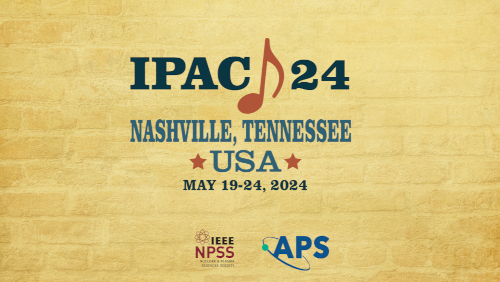Speaker
Description
Molecular-beam epitaxy (MBE) growth with lattice-matched substrates can lead to the synthesis of single-crystal alkali antimonide photocathodes[1]. Single-crystal photocathodes are expected to have not only high quantum efficiencies (QE) but also low mean transverse energy since they are usually grown as thin films. In this proceeding, we report the synthesis of potassium antimonide photocathodes at the PHOtocathode Epitaxy Beam Experiments (PHOEBE) laboratory at Cornell via MBE by using a sequence of shuttered growth of different unit cells. These cathodes are characterized in terms of spectral response and crystalline structure. The RHEED pattern acquired while synthesizing these photocathodes indicates epitaxial growth occurring on both SiC and Si(100) substrates. Oxidation studies were also performed to better understand the robustness of these materials under non-ideal ultra-high vacuum (UHV) conditions.
Funding Agency
This work was supported by the U.S. National Science Foundation under Award PHY-1549132, the Center for Bright Beams.
Footnotes
- C. T. Parzyck, et. Al., “Single-Crystal Alkali Antimonide Photocathodes: High Efficiency in the Ultrathin Limit”, Physical Review Letters, 128, 114801 (2022)
| Region represented | North America |
|---|---|
| Paper preparation format | Word |

